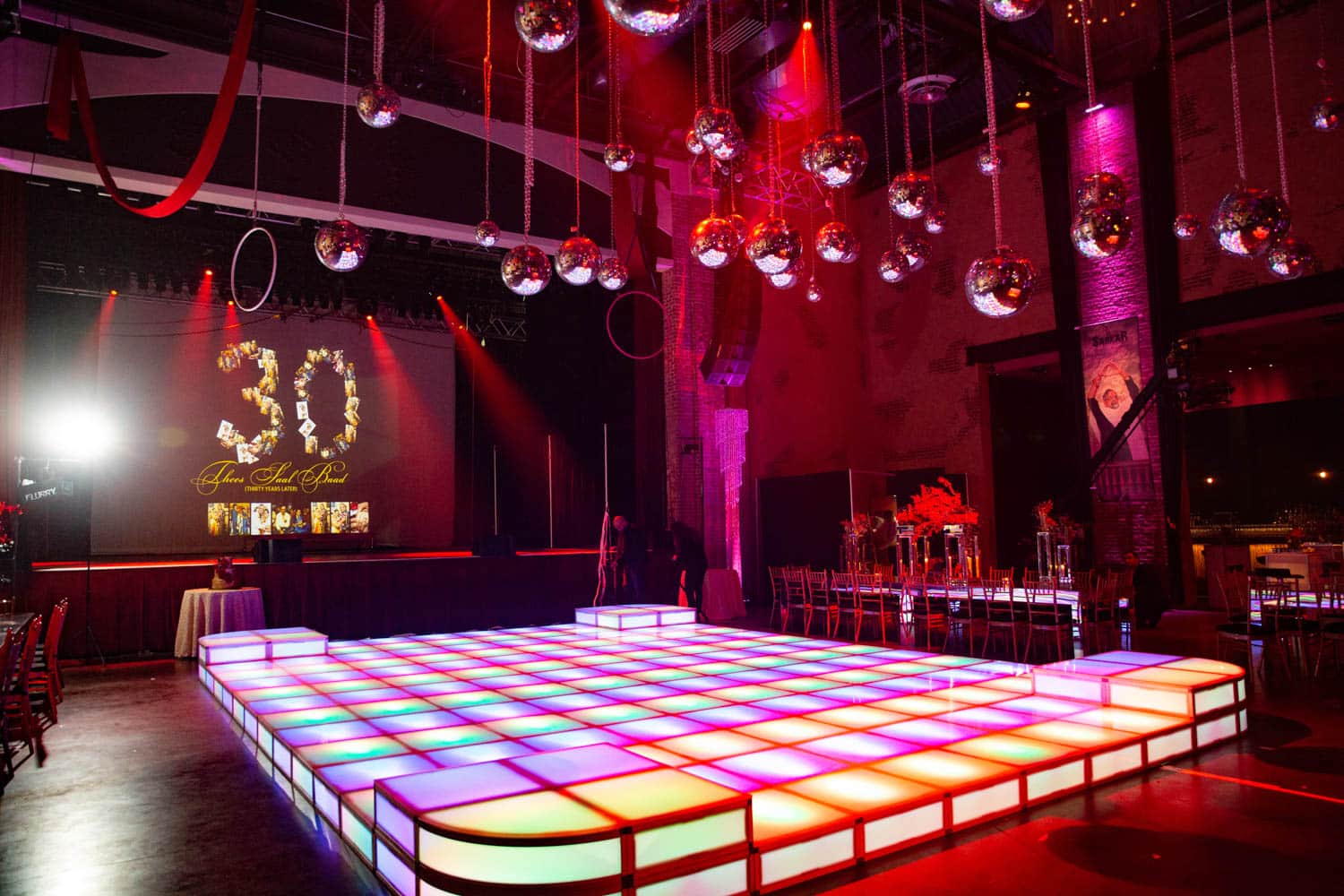Choosing the Optimal Pixel Pitch for Maximum LED Display Performance
Choosing the Optimal Pixel Pitch for Maximum LED Display Performance
Blog Article

When it pertains to LED walls, a key important factors to consider is dot pitch. Dot pitch refers to the space between the cores of two adjacent pixels on an LED display. This measurement is usually expressed in mm. Grasping pixel pitch is crucial because it directly influences the clarity and sharpness of the images displayed. A reduced pixel pitch indicates that the pixels are nearer together, resulting to a greater resolution, while a bigger pixel pitch results in a lower resolution. Thus, selecting the appropriate pixel pitch is vital for achieving optimal LED wall functionality.
The selection of pixel pitch often depends on the viewing distance. For example, if the LED wall is meant to be seen from a further away, a larger pixel pitch may be appropriate. This is because the human eye cannot easily distinguish individual pixels when they are more distant away. On the other hand, if the wall will be viewed up close, a reduced pixel pitch is needed. In scenarios such as inside events, where attendees are usually closer to the screen, a smaller pixel pitch will offer a crisper and more distinct image. Therefore, understanding how viewing distance impacts pixel pitch is key to making an educated choice.
Another important consideration is the intended use of the LED wall. Various applications, such as promotion, concerts, or conference meetings, may require varied pixel pitches. For instance, an LED wall used for advertising in a shopping center may benefit from a pixel pitch that allows for lively colors and elevated detail so that it captures the attention of bystander shoppers. Conversely, an external LED wall used at a concert may focus on brightness and visibility rather than resolution, advice allowing for a larger pixel pitch. Thus, the particular context in which an light-emitting diode wall will be utilized is vital for determining the appropriate pixel pitch.
Cost is also a significant consideration when choosing pixel pitch. Generally, LED displays with smaller pixel pitches often to be more costly due to the higher density of pixels and the sophisticated technology required for manufacturing. While it may be tempting to choose a high-resolution display with a reduced pixel pitch, budget constraints often require a balance between quality and price. Organizations should evaluate their needs and decide how much they are prepared to invest in an LED wall, ensuring that the pixel pitch matches with their financial capabilities while still meeting performance expectations.
Ultimately, it is crucial to consider the maintenance and longevity of the light-emitting diode wall when choosing pixel pitch. Displays with smaller pixel pitches can sometimes be more delicate and may need more careful handling and maintenance. Regular maintenance is necessary to ensure that the display functions effectively over time. Knowing the maintenance requirements and potential issues associated with varied pixel pitches can help organizations make a more informed choice. By considering all these factors, including sight distance, planned use, budget, and maintenance, individuals can select the ideal pixel pitch for optimal LED wall performance.